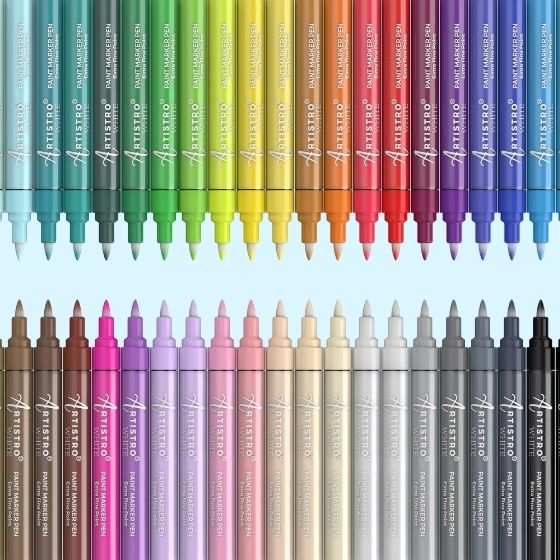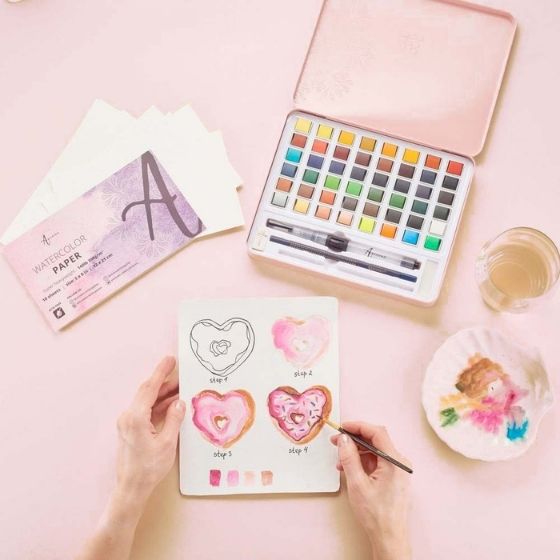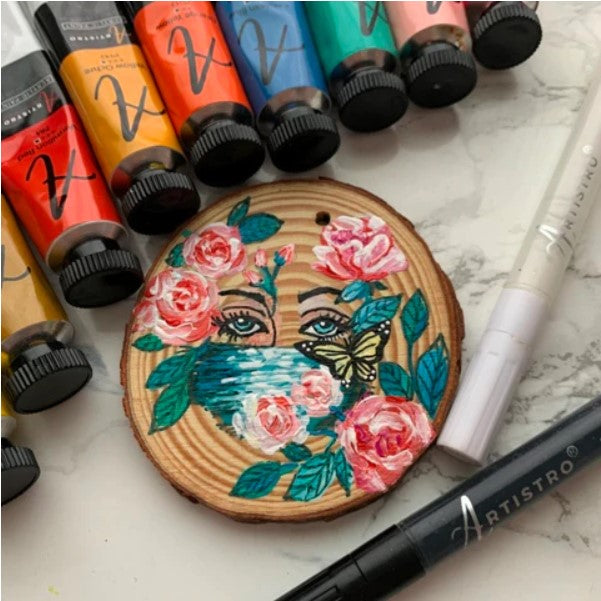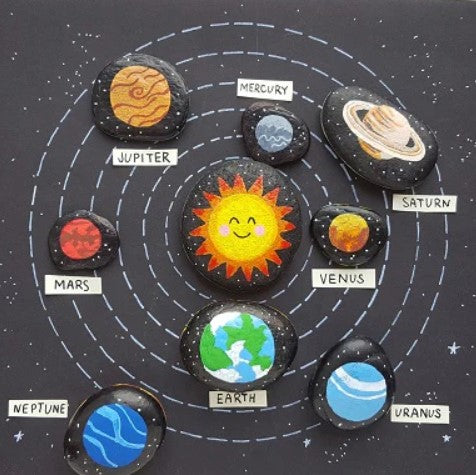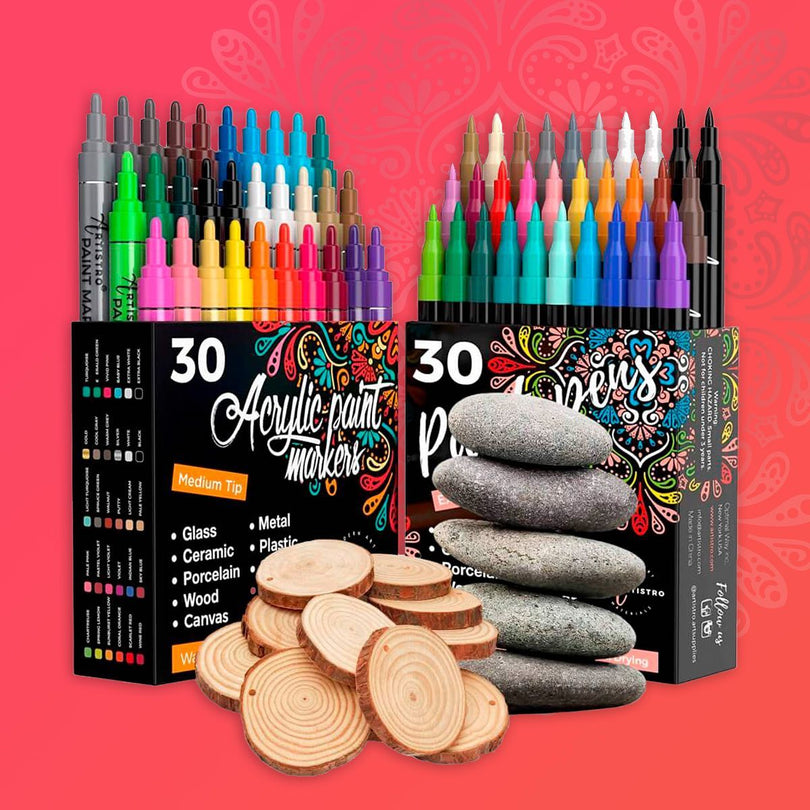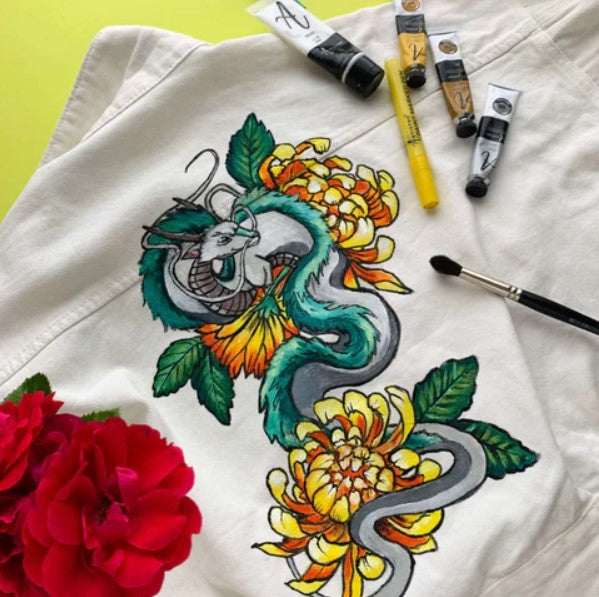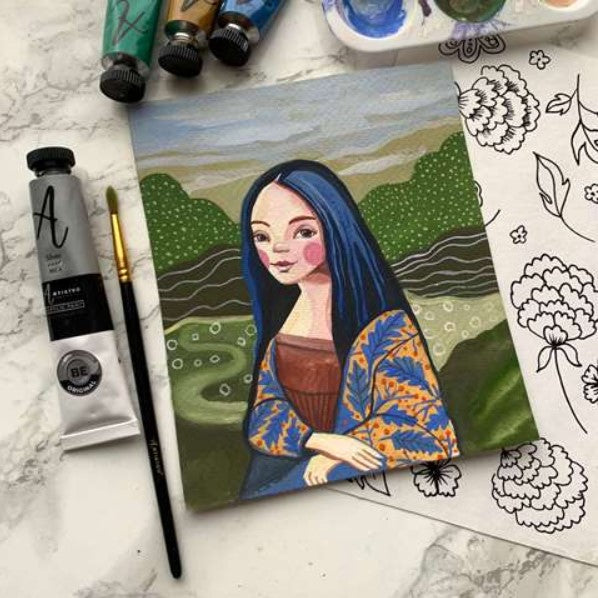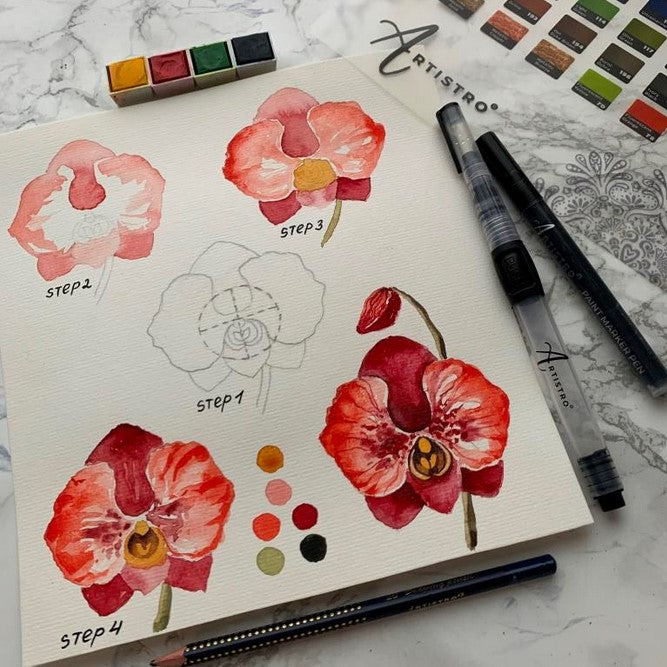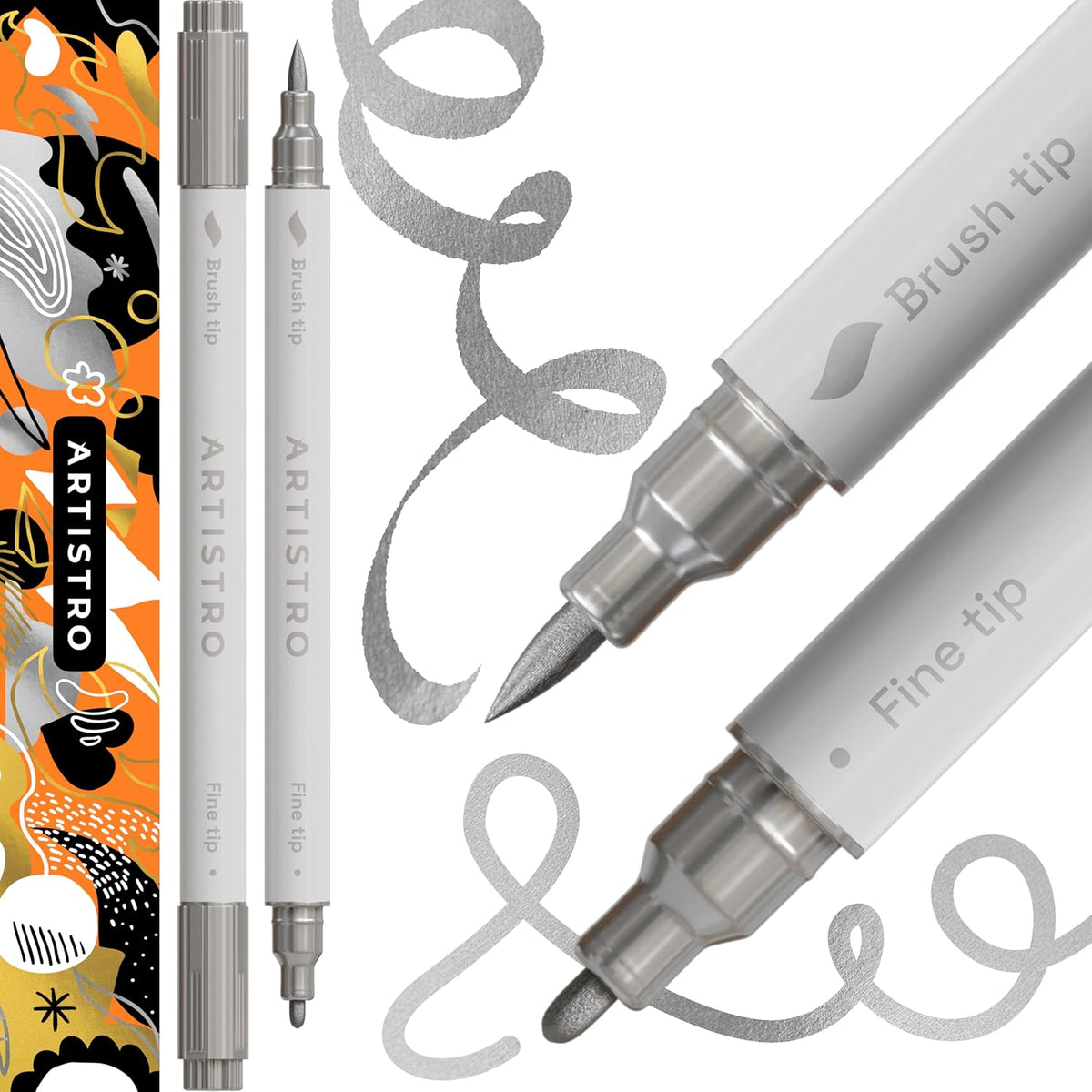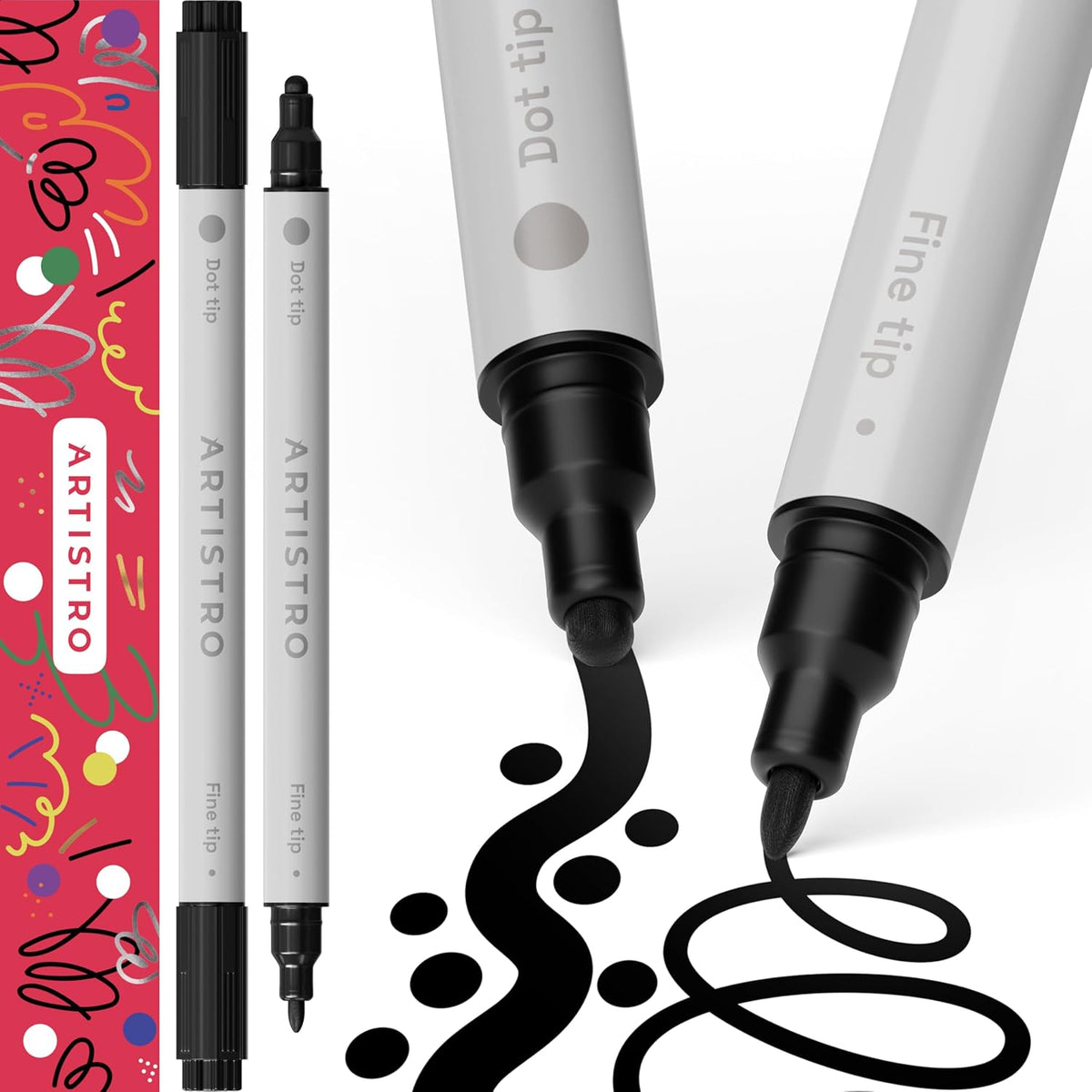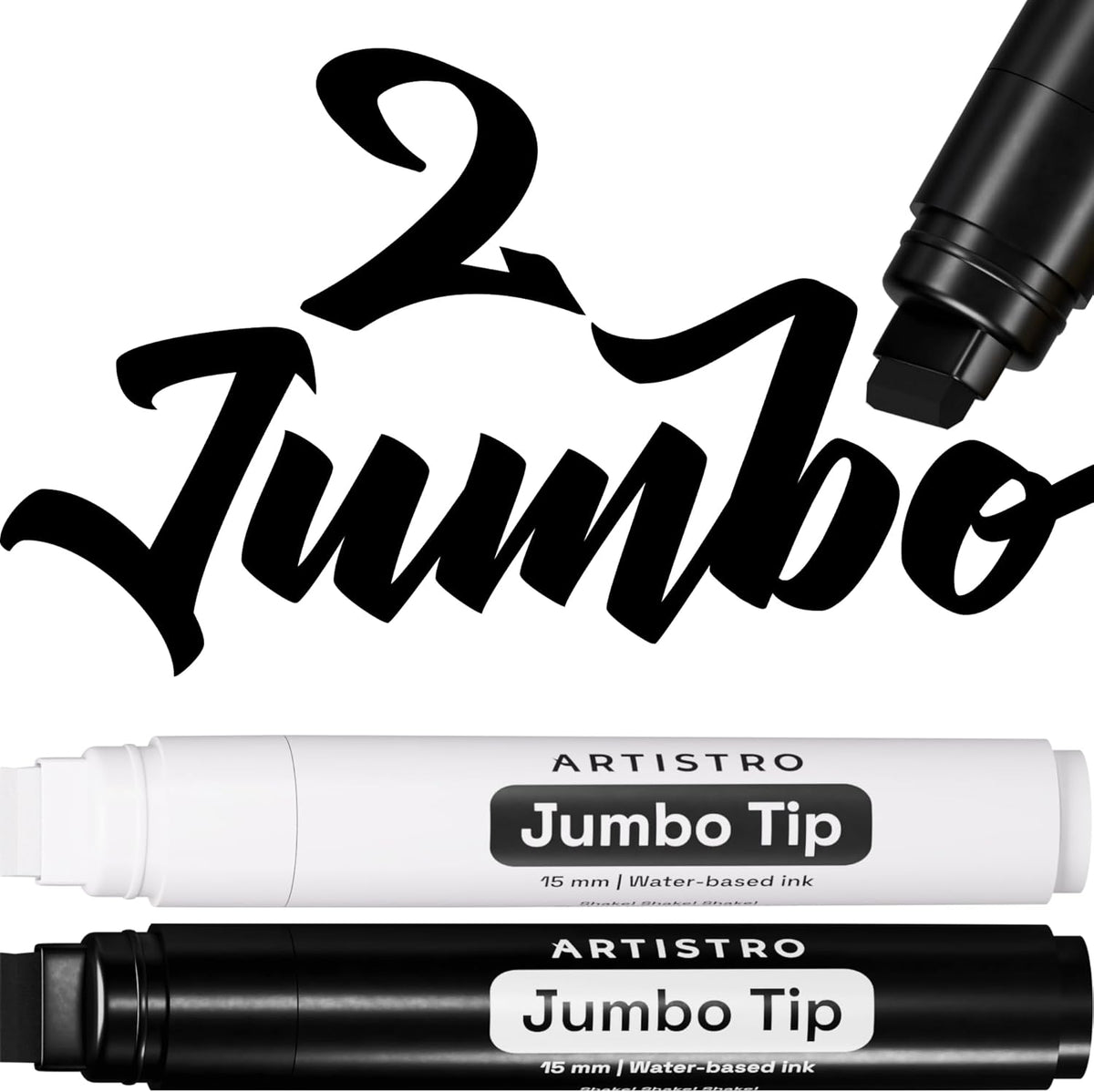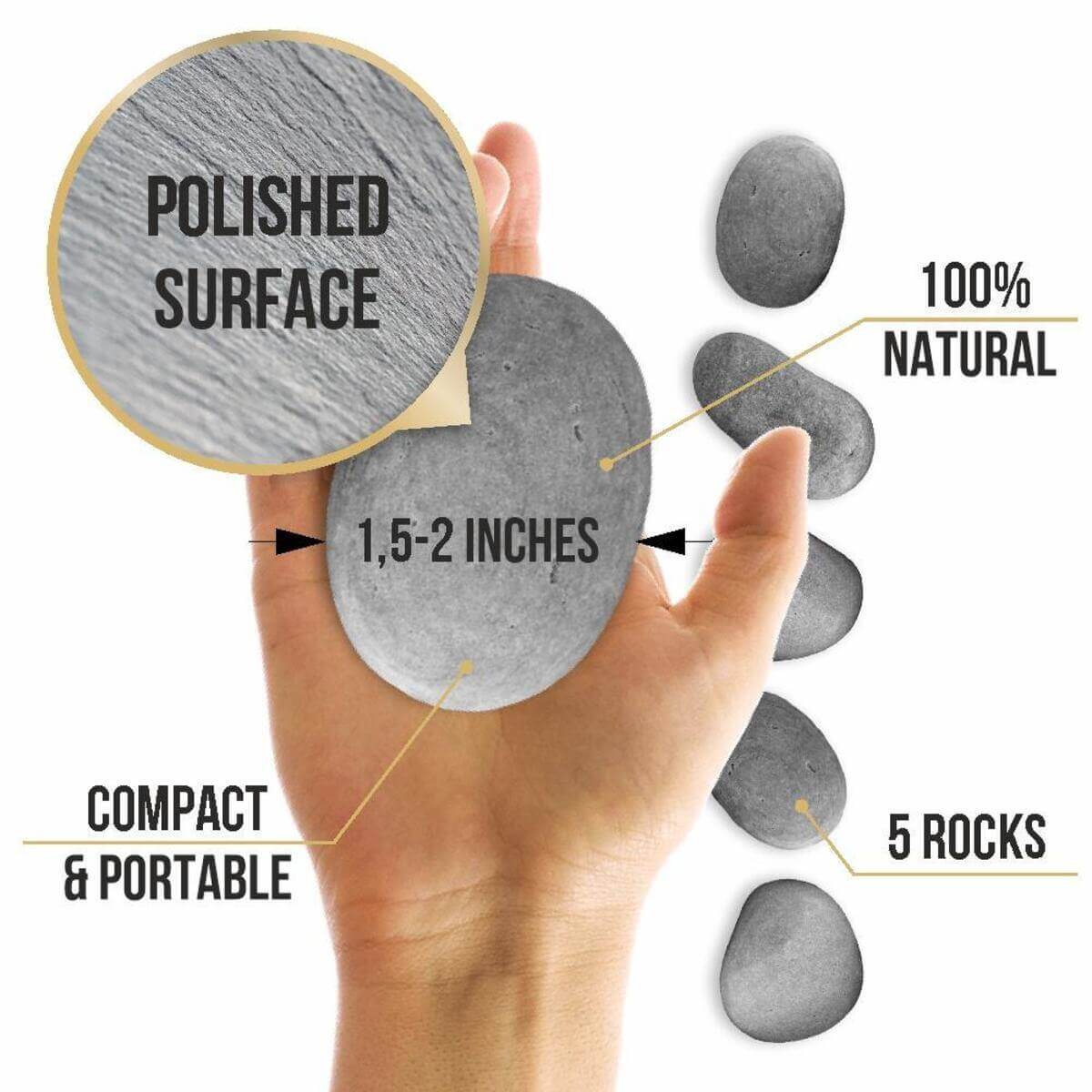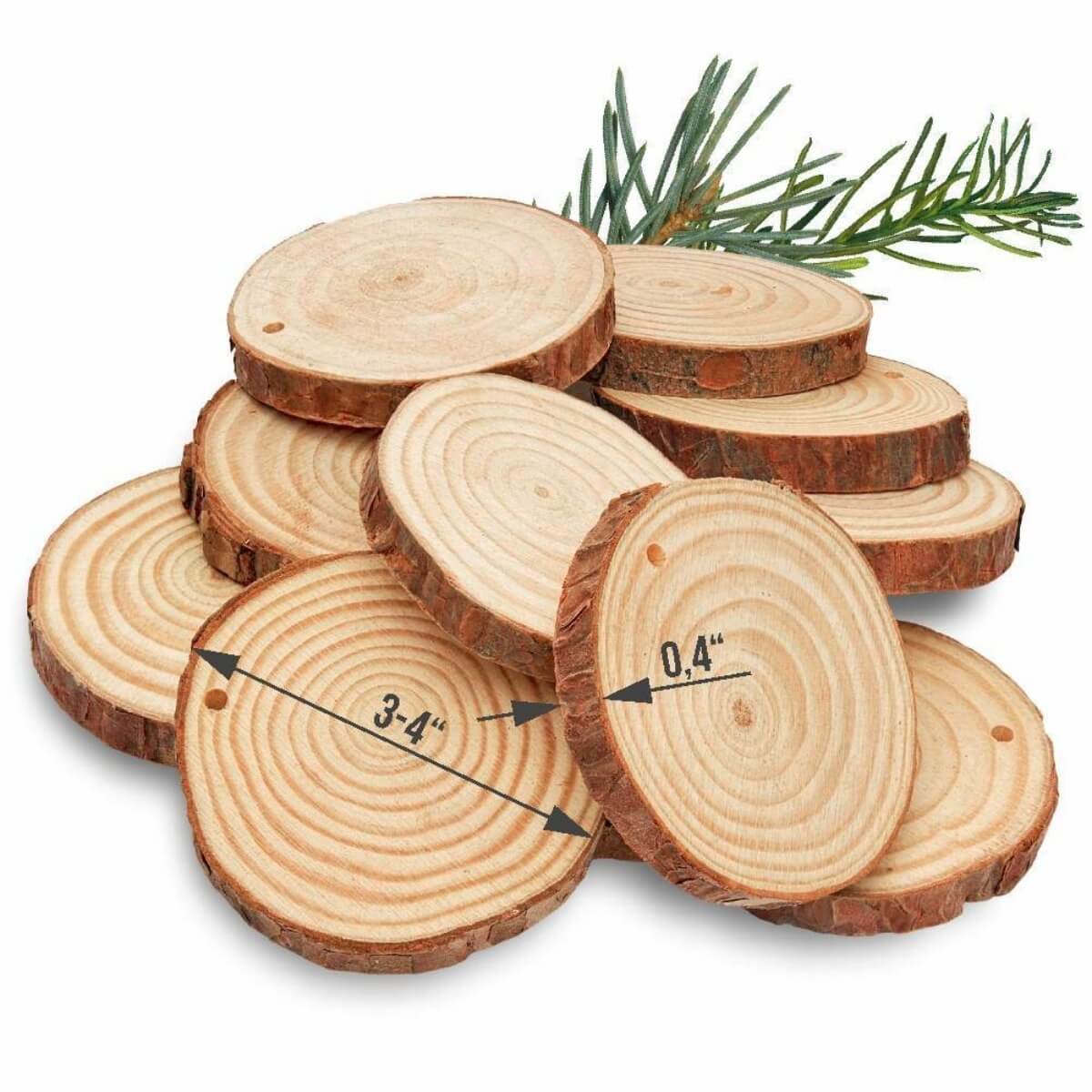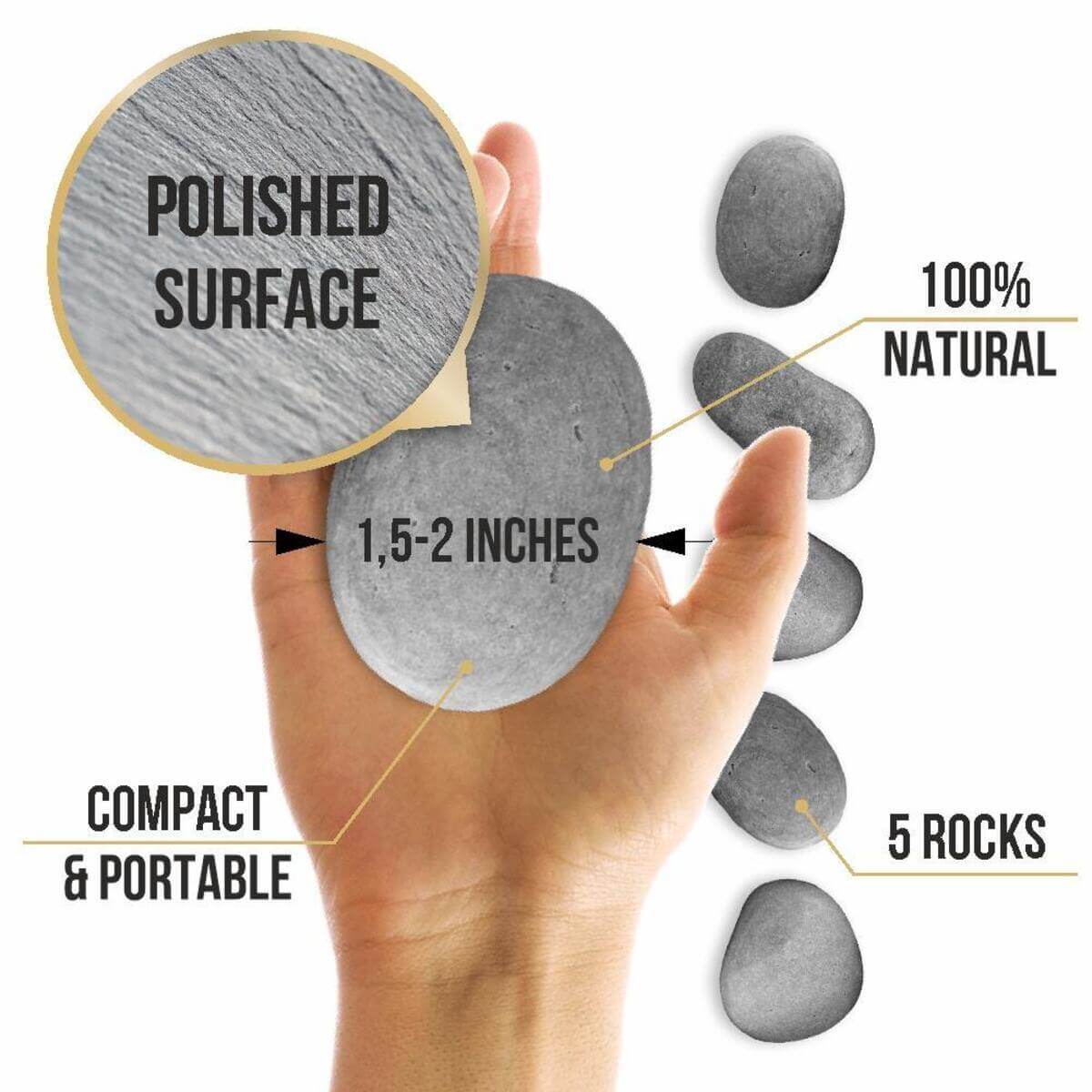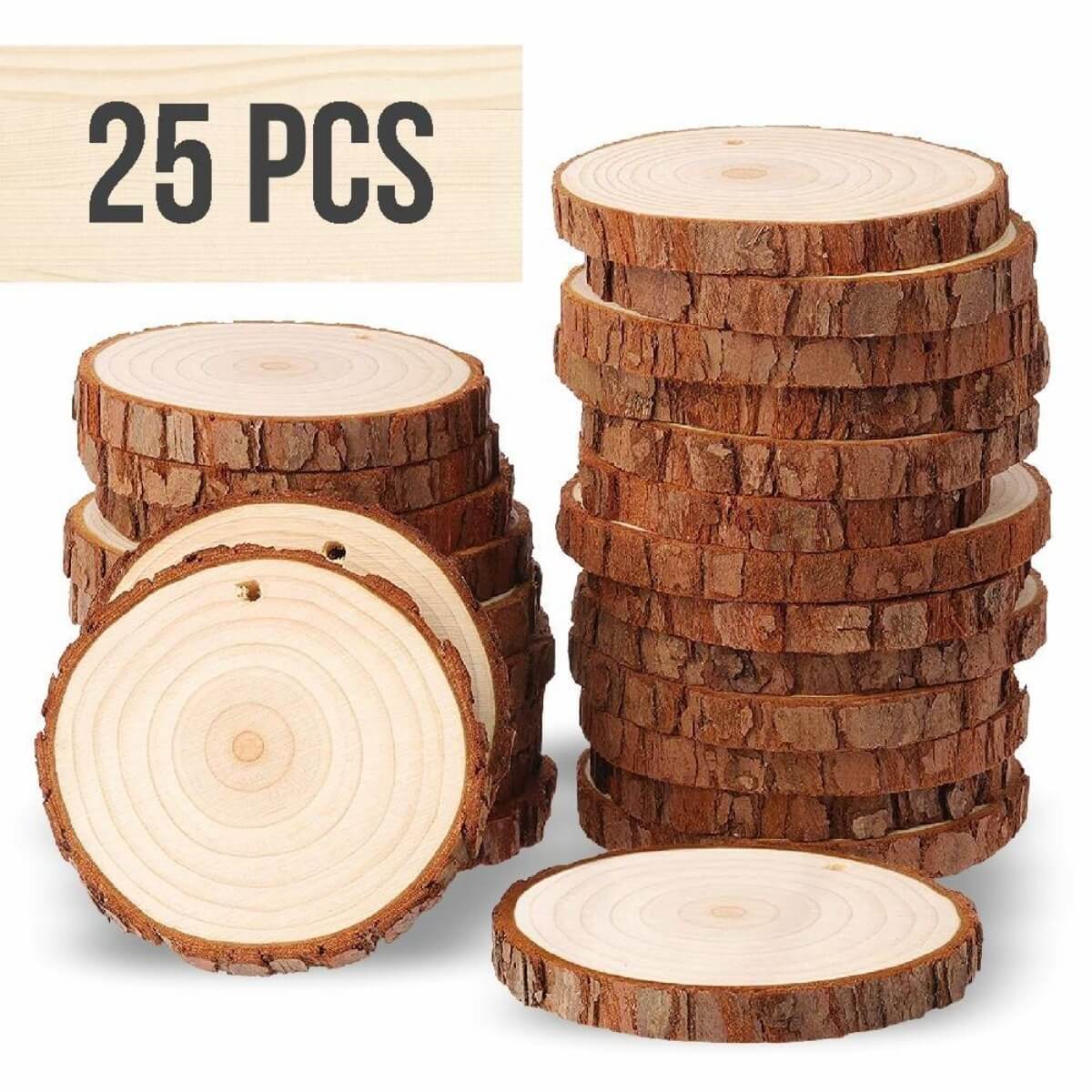The skill of holding a pencil correctly is one of the basic foundations for a future artist. If you hold a pencil incorrectly, you will not be able to draw perfectly straight lines or perform high-quality hatching. Basic drawings for beginners include drawing parallel lines, dividing a straight line into segments, and simple geometric shapes. The main goal of these simple exercises is to teach the budding artist how to hold their pencil correctly.
Do you need a teacher or there is there a secret how to teach yourself to draw without the help of a professional? You can start practicing on your own at once by following our simple drawing practice for beginners, but you will probably need an experienced mentor in the future.

Three Main Ways to Hold a Pencil in Drawing:
1) "Writing position" is the standard position familiar to everyone. This is how you were taught to hold a pencil in elementary school. This is the most convenient position for writing tasks; here the angle of inclination of the pencil in relation to the sheet of paper is almost vertical.
Most beginners try to start drawing using the "writing position". This is a common mistake of virtually all aspiring artists. If you are looking for simple and familiar drawing training, this is exactly the technique to start with. However, in professional drawing, this position is used rarely. There are only two cases when using this position is necessary:
- elaboration of small details (applied at the final stage)
- some types of hatching (which require high precision)

2) "Inside of the palm" is an ideal position for drawing fine lines and preparing a sketch. The pencil rests within the palm of your hand comfortably, almost perpendicular to the paper. This technique is used to:
- create preliminary sketches
- work with small details on top of the applied hatching
3) "Holding the tail" is the most common classical technique. In this position, the pencil is at an acute angle in relation to the sheet of paper. This method is great for the following types of work:
- drawing the main contours
- design of proportions
- tone definition
- hatching
This position is considered universal; since the pencil lies freely in the hand, it can be manipulated easily. The main advantage of this technique is that your palm does not touch the paper at all, so the picture will not be smeared.
Whichever position you use, make sure that your movements are not constrained. Always leave room for your brush to manipulate and do not grip the pencil too tightly.

A Few Beginner Drawing Prompts:
When starting to draw, try to break the habit of the "writing position." Remember that in practice, it is used only in cases where high accuracy is required. That is, you will rarely use this technique, and only on the completed picture. When drawing in "writing position," always prepare the paper protection first. As you draw in this way, you constantly keep the edge of your palm on the paper. This causes smearing of some previously drawn parts of the picture. Place a blank piece of paper under your palm to prevent smudging. If you are a professional or foodie, you can purchase a maulstick for this purpose. This is a special device used by professional artists to hold their hand over a painting while they work. Practicing in the correct positions for holding the pencil should become your daily drawing exercises if you want to make good progress in drawing.



